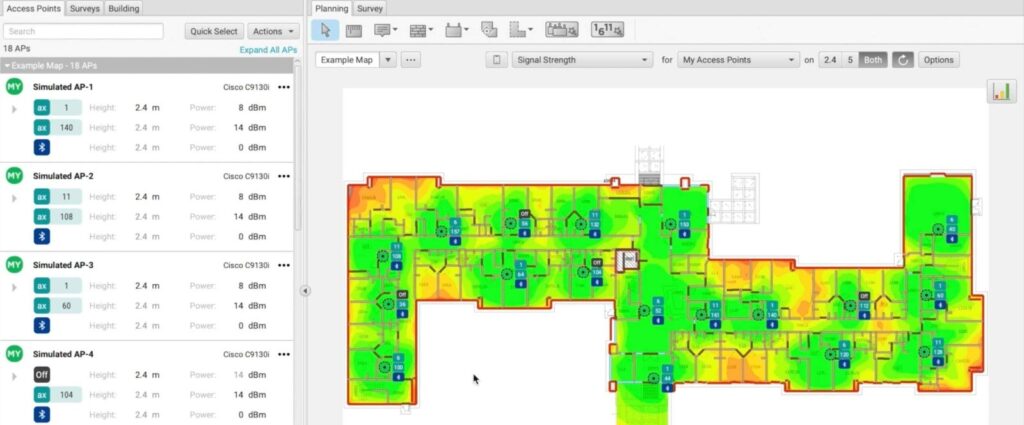Firewall Security
IT Solutions

The “Wi-Fi Network Design with Ekahau” project in Denmark aimed to create a robust and efficient wireless network that caters to the evolving connectivity needs of businesses. By leveraging Ekahau’s advanced design tools and methodologies, Techvue360 focused on optimizing coverage, minimizing interference, and ensuring high performance for all users. The project involved thorough site assessments, precise planning, and meticulous implementation to achieve seamless connectivity throughout the designated areas.
Challenges: